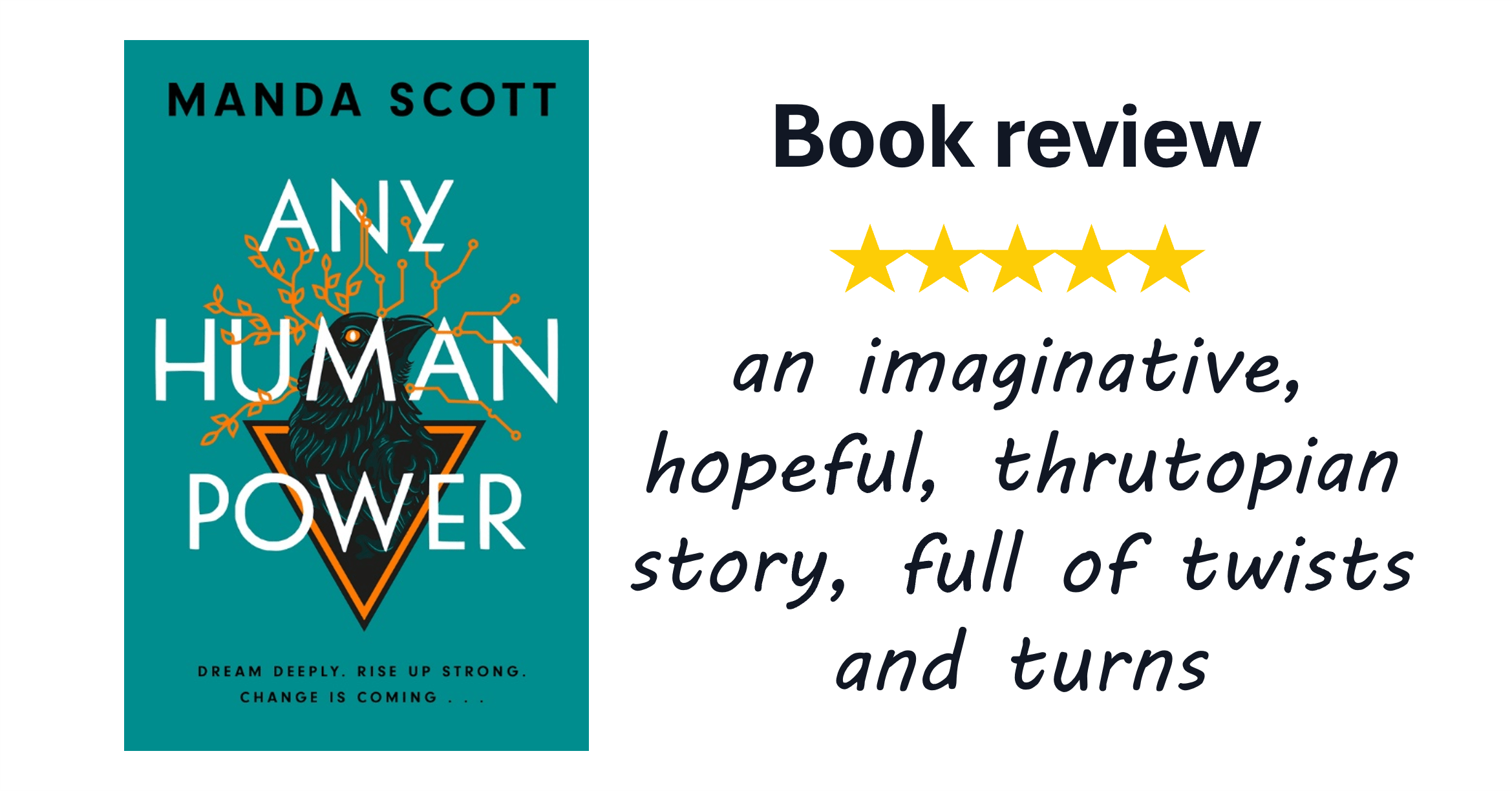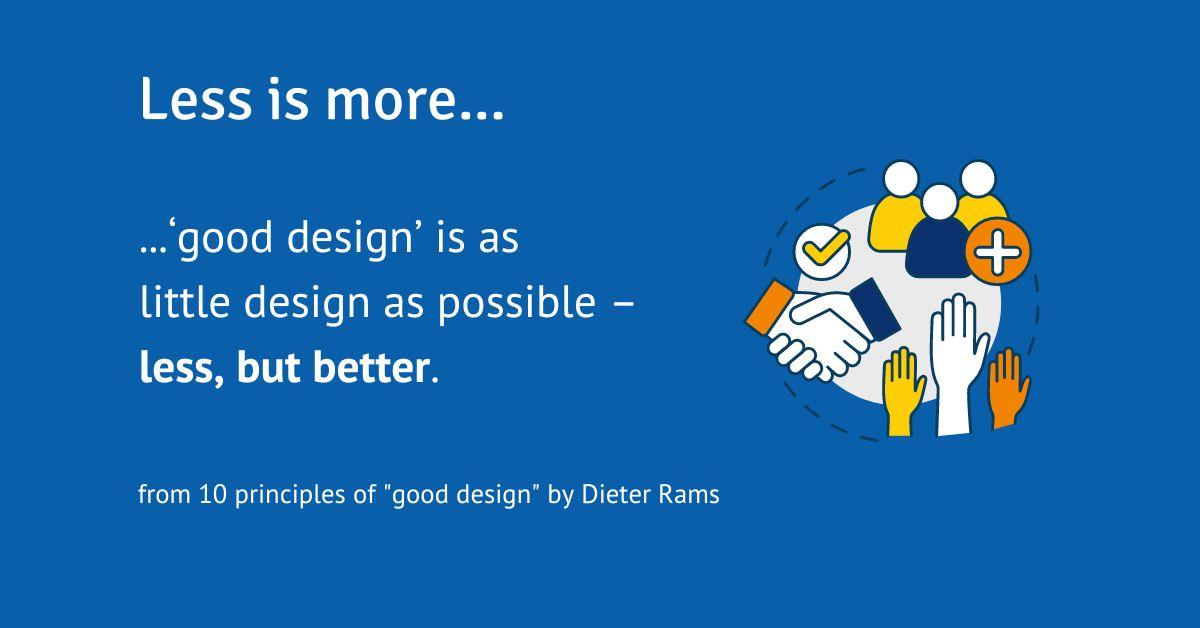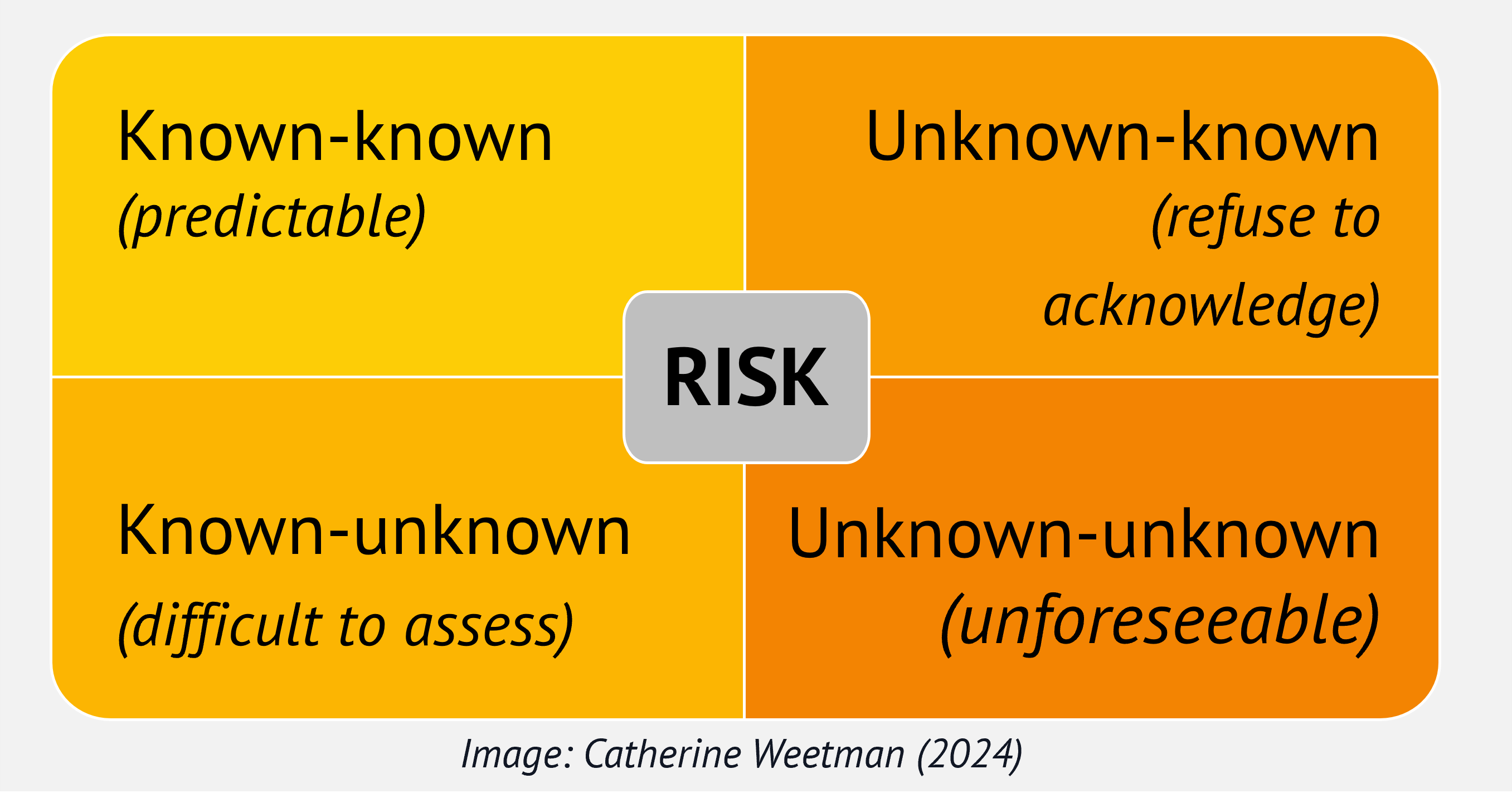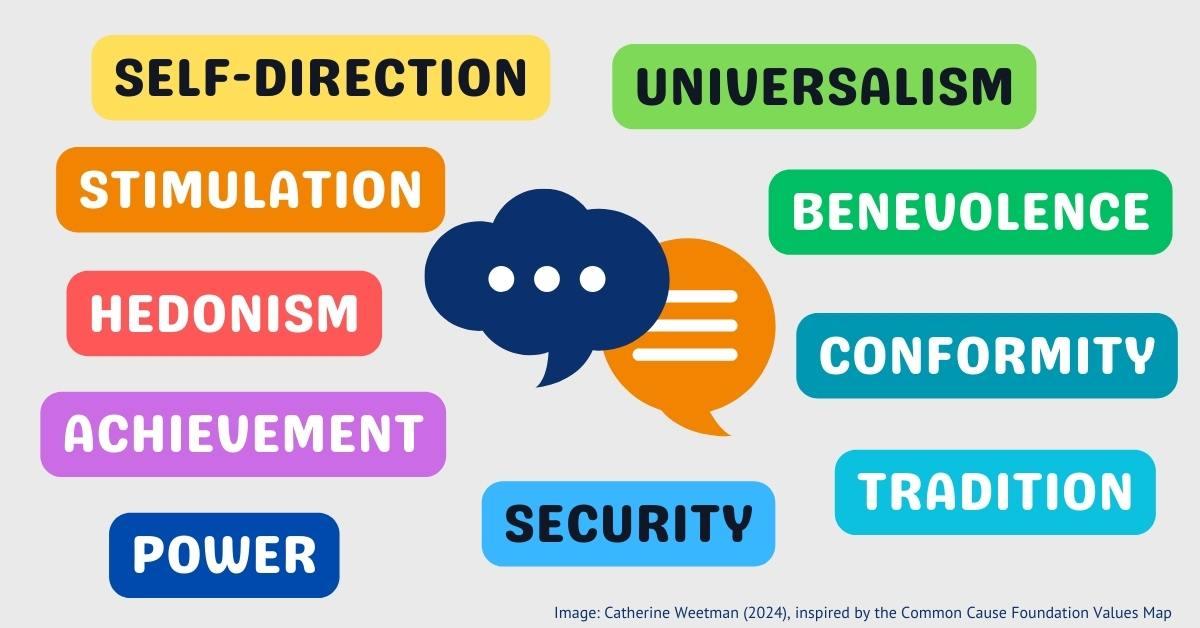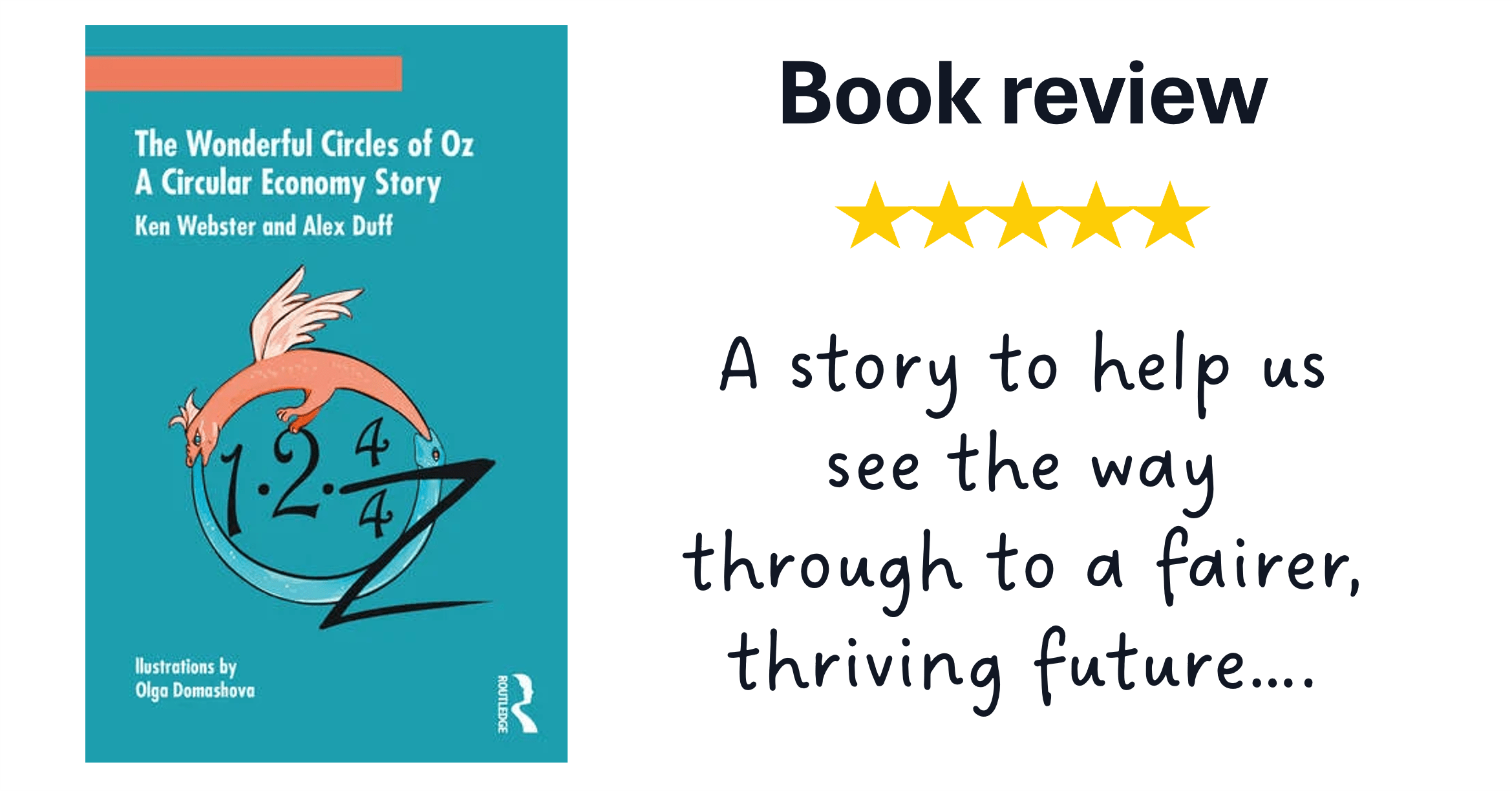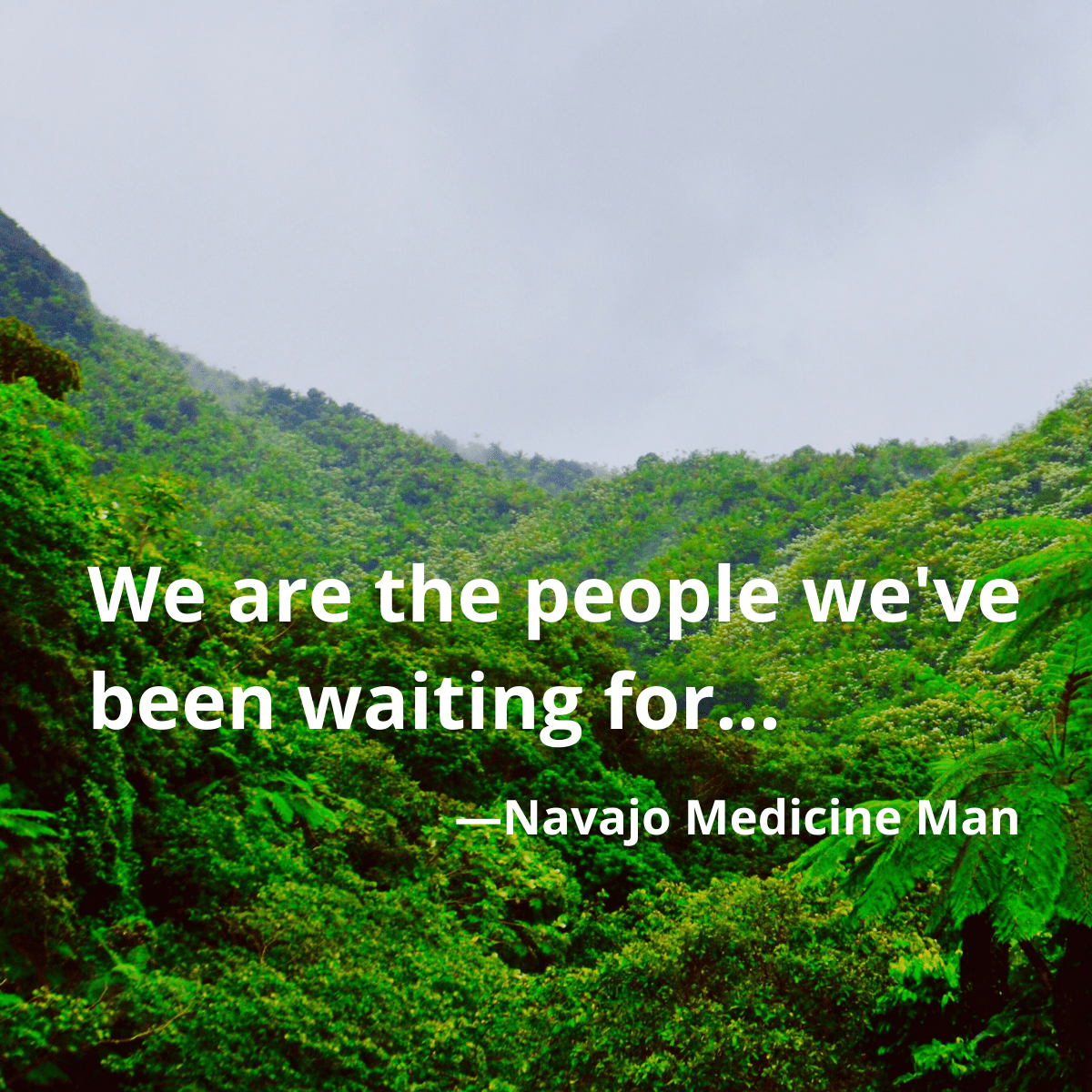Why the circular economy is the best strategy for supporting the United Nations Sustainable Development Goals (SDGs) and your business.
4 minute read
If you’re familiar with the United Nations Sustainable Development Goals (SDGs), you’ll know they create a ‘shared blueprint for peace and prosperity for people and the planet, now and into the future.’ They are ‘an urgent call for action by all countries – in a global partnership.’
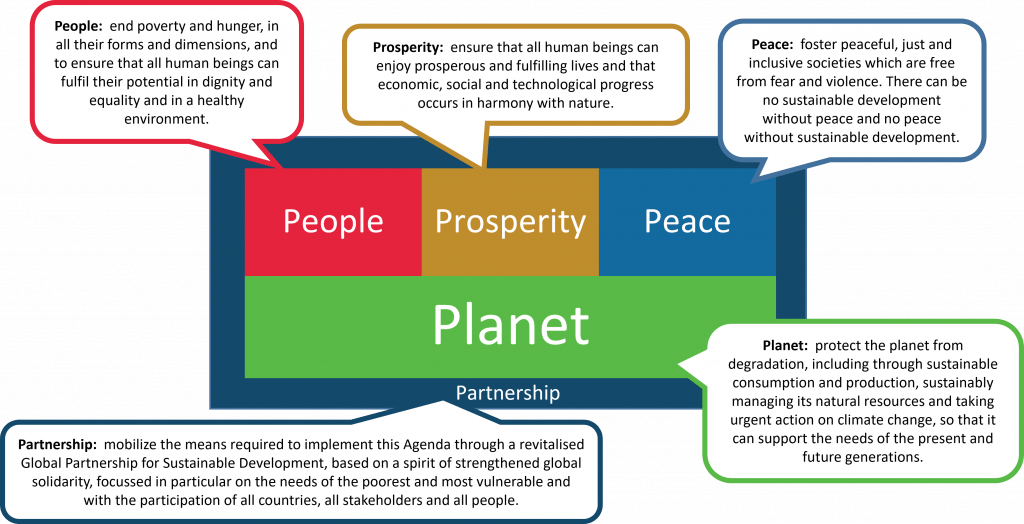
The 17 goals tackle the critical global issues facing all of us. They aim to end poverty and deprivation, underpinning this with ‘strategies that improve health and education, reduce inequality, and spur economic growth – all while tackling climate change and working to preserve our oceans and forests.’
Sustainable lifestyles on a healthy planet
So how does going circular help the SDGs?
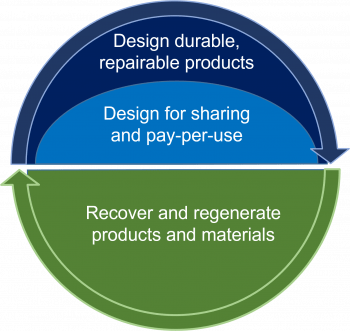
The circular economy aims to shrink our carbon, resource & ecological footprints, by designing better quality, longer-lasting products, ideally also suitable for sharing or renting.
If products and their materials last longer, and we get more use out of them –we reduce production, consumption, and waste.
Another upside is that circular products provide better value and are more affordable, so we improve living standards, too.
Crucially, we design waste out of the system, designing products and systems to resell, repair, remake and eventually recycle, to create the next batch of products.
Circular approaches are key to achieving Goal 12, Responsible Production and Consumption, and to make a major contribution to Goal 11, Sustainable Cities and Communities.
Integrating those three circular strategies: extending product life, encouraging sharing and rental, and ‘designing out’ waste, supports the goals for a healthy planet: Climate Action (Goal 13), Life Below Water (14) and Life On Land (15).
Our health depends on safe, sustainable resources
We are understanding how harmful some chemicals, heavy metals and micro-particles can be – damaging human health as well as other living systems.
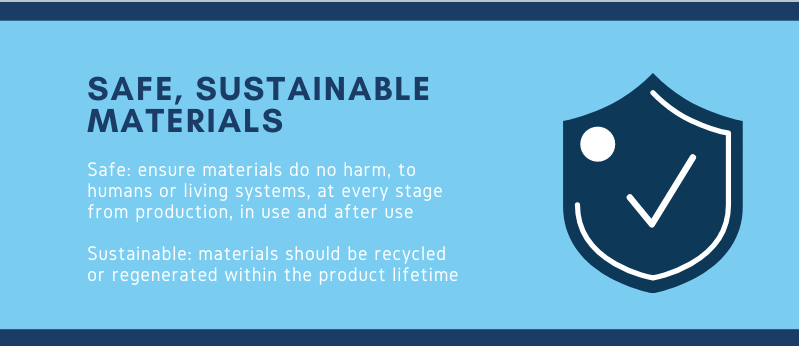
Using safe, sustainable resources is a key circular economy principle:
- ‘Safe’ means harmless and non-toxic, for both humans and living systems, at every stage of the process: from extraction and farming, through production and use, and after the end of use.
- ‘Sustainable’ means using resources that are regenerated within the product’s lifetime – so if I cut down a tree to make a table, then the table should last for at least the time needed for a tree to regrow.
Those safe, sustainable resources make a positive impact on Goal 3: Good Health and Wellbeing and Goal 6: Clean Water and Sanitation.
Circular jobs and skills
Even better, the circular economy creates new, meaningful jobs too, supporting Decent Work and Economic Growth (Goal 8) and Industry, Innovation and Infrastructure (9).
We need people offering servicing and repairs, refurbishing, and remanufacturing products, and recovering and recycling everything at the end of use. These jobs often need visual and tactile inspection, judging what is needed to create another lifecycle for each object, so these jobs are less suitable for automation.
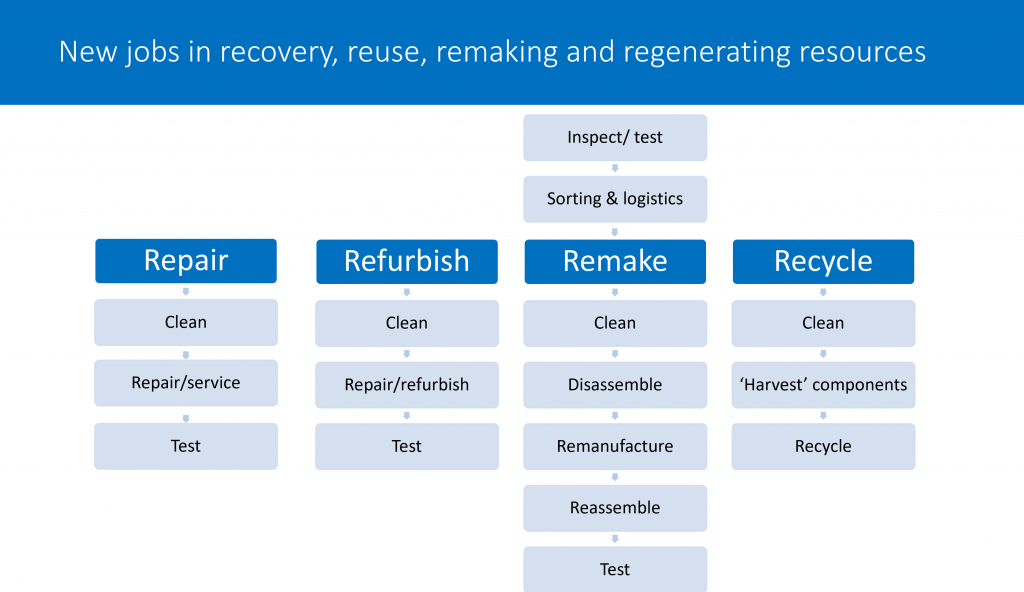
We’ll need more research and development roles, to create those safe, sustainable resources. Innovators and scientists are discovering new ways to convert waste into useful materials, cutting out harmful and toxic elements, and creating new materials from abundant natural resources, such as algae or seaweed.
Circular designers and systems-thinkers imagine and develop circular business models, products, and commercial structures. They design things that work well for our customers – have we really understood how people will use this product? How can we make it convenient, accessible, and exciting, so it fits their ethics and values?
This involves behaviour change at many levels, with behavioural scientists, user-experience designers, marketing and sales teams, and of course, policymakers all accelerating the change. Unsurprisingly, circular supply chains are also different, with reverse flows at each stage, and supporting new flows of by-products and co-products.
Above all, we need people to educate and shape mindsets. We must prioritise our long-term futures, and the wellbeing of future generations, instead of the ‘I want it now’ culture we’re all susceptible to.
Enough, for all of us, for ever
A circular economy is better for all of us – every society, all around the world. It’s better for business too. It reduces risk, creates new revenue and service opportunities, and builds brand value. Local, regenerative, circular production encourages deeper, stronger relationships between suppliers, producers, and customers.
Business as usual is over. It’s critical that we switch away from our current approach of ‘sell more’, and make it cheaper. That’s a ‘race to the bottom’ – relying on fast & forgettable products, exploiting resources (and the people who supply them) and passing the impacts and cost of destruction, waste, and pollution onto society.
We can improve social equality and harmony, by providing affordable products with a much smaller (and even positive) impact, using closed-loop production, designing out waste and pollution and creating purposeful jobs in resilient local economies.
Regenerative, resilient, affordable products and services can all contribute towards ‘levelling up’ goals for society: No Poverty (1), Zero Hunger (2) and Reduced Inequalities (10).
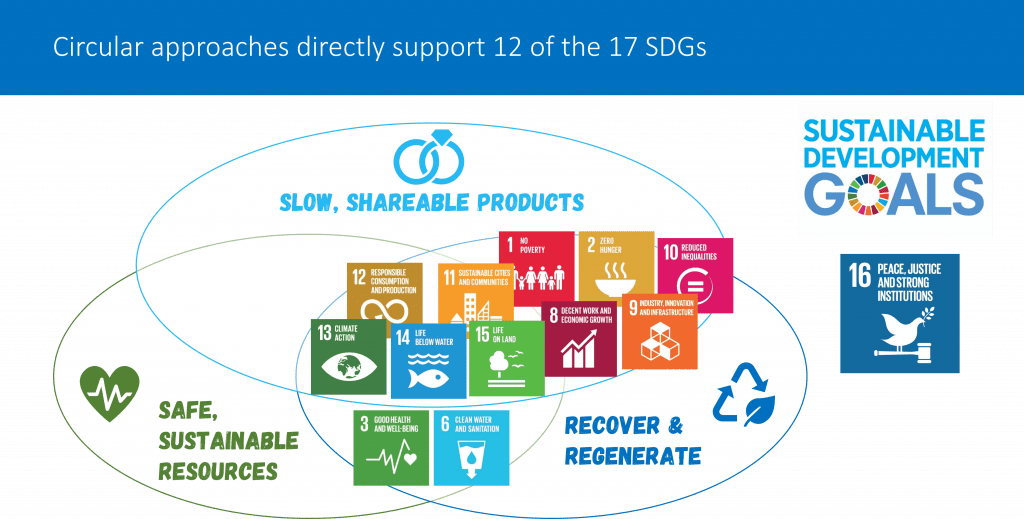
That’s not all. Shrinking our footprint has more upsides: reducing pressure on land, water and key resources can alleviate geopolitical friction, supporting Peace, Justice and Strong Institutions (Goal 16).
Businesses, and governments are realising that the circular economy is the ideal sustainability design tool. It solves the problem of how to ‘decouple’ – breaking the link between resource use, ecological destruction, waste, pollution, and emissions, and creating the better standards of living we want for everyone around the world.
Circular is better for people, planet, and prosperity.
Catherine Weetman advises businesses, gives workshops & talks, and writes about the circular economy. Her award-winning Circular Economy Handbook explains the concept and practicalities, in plain English. It includes lots of real examples and tips on getting started.
To find out more about the circular economy, why not listen to Episode 1 of the Circular Economy Podcast, read our guide: What is the Circular Economy, or stay in touch to get the latest episode and insights, straight to your inbox…
